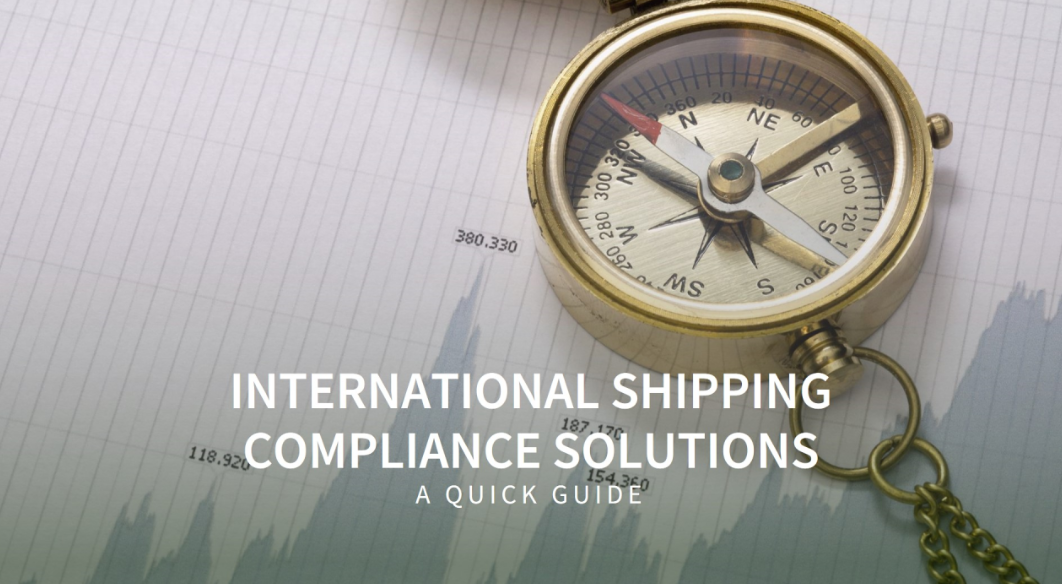
In the ever-expanding global marketplace, international shipping has become a crucial component of many businesses’ operations. However, with the convenience and opportunities it offers, many import-export compliance requirements should not be overlooked. In this blog post, we will explore the essential trade compliance requirements for shipping your products internationally. From customs regulations to documentation, we’ll cover it all while ensuring that your business remains on the right side of the law.
What are the types of Global Trade Compliance and how to manage them?
Trade compliance refers to adhering to laws and regulations governing the import and export of goods. In the context of international shipping compliance, this involves ensuring that your products are shipped in accordance with the laws of both the exporting and importing countries. Let’s now delve into the key trade compliance requirements:
- Tariff Classification: One of the initial steps in international trade compliance is correctly classifying your products for customs purposes. Each product is assigned a specific Harmonized System (HS) code, which determines the applicable tariffs and import restrictions. Properly classifying your products can help you avoid unnecessary costs and delays.
- Export Controls: Export controls are regulations that restrict the shipment of specific goods, technologies, or services to certain countries, entities, or individuals. Staying informed about export control lists and regulations is vital to ensure your products can be legally shipped to your desired destination.
- Customs Documentation: Accurate and complete customs documentation is essential. This includes the bill of lading, commercial invoice, packing list, and any other required documentation. Properly filled-out paperwork can prevent customs delays and fines.
- Import Duties and Taxes: Understanding the import duties and taxes of the destination country is crucial. These costs can vary significantly, and you need to consider them when pricing your products and determining their competitiveness in the target market.
- Compliance with Sanctions: Some countries impose trade sanctions on specific nations or entities. Ensure that you are not dealing with prohibited parties or countries to avoid legal issues.
- Packaging and Labeling: Adhering to packaging and labeling regulations is essential. Labels should include accurate information, such as the product’s country of origin, and comply with the target market’s language and format requirements.
- Environmental Regulations: Certain products are subject to environmental regulations in both the exporting and importing countries. Ensure your products comply with any relevant environmental standards.
- Restricted or Prohibited Goods: Be aware of any goods that are restricted or prohibited for export to specific countries. Avoid shipping such items to prevent legal complications.
Engaging with Nitisara Value Chain Platform can help navigate these complexities. Whether you are dealing with chemical shipping compliance, battery shipping compliance, or other specific requirements, understanding and implementing a thorough trade compliance checklist is critical for successful international trade operations. Stay informed by subscribing to Nitisara Platform and Blogs for the latest updates and insights on trade compliance.
Frequently Asked Questions (FAQs) on shipping compliances
1. What is pre and post trade compliance?
Pre-trade compliance: Pre-trade compliance ensures all trade aspects meet regulations before execution. This includes verifying international shipping compliance, export controls, and tariff classifications to prevent issues like shipping prohibited goods or unexpected import duties. Using a trade compliance checklist and shipping compliance tracking tools can streamline this process.
Post-trade compliance: Post-trade compliance verifies adherence to regulations after a trade is executed. Key activities include reconciling trade details with customs documentation, ensuring import duties and taxes are paid, and confirming packaging and labeling compliance. Monitoring these steps helps identify discrepancies. Using a shipping compliance solution or consulting a trade compliance specialist simplifies this process.
2. What documents are required for international shipping?
Commonly required documents include commercial invoices, packing lists, bills of lading, certificates of origin, and any other applicable export licenses or permits.
3. What are Incoterms? Why are they important?
Incoterms are a series of pre-defined commercial terms used in international contracts which define the responsibilities of the buyer and seller for delivery, risk and cost.
4. Who conducts the environmental compliance assessment on a ship?
The environmental compliance assessment on a ship is typically conducted by trained professionals known as environmental compliance officers. These individuals are responsible for ensuring that the ship complies with environmental regulations concerning emissions, waste management, and pollution prevention. They play a crucial role in safeguarding marine environments and upholding environmental standards in maritime operations.
5. What does the yellow indicator in trade compliance status denote?
The yellow indicator in trade compliance status denotes that the status is “under review.” This signifies a cautionary state, indicating that there may be potential compliance issues that require attention or further investigation.
6. What is a shipping container compliance plate?
The shipping container compliance plate is an official document affixed to the container that provides essential information about its specifications, such as its size, weight capacity, manufacturing date, and other relevant details.
